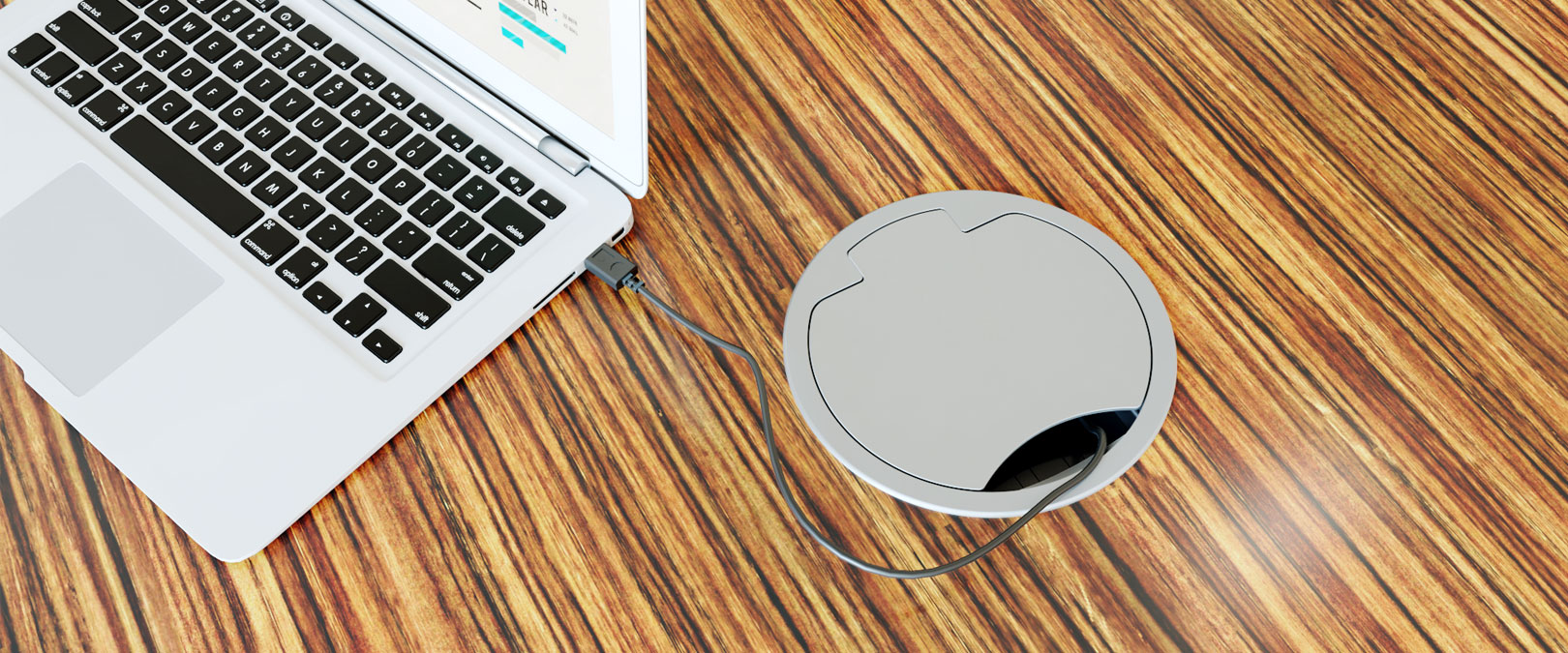)
On the 30th of November 2022, a chatbot was released by a company called OpenAI. By January 2023, it became what was then the fastest growing software application by gaining 100 million users. This chatbot caused a hurricane of other competing chatbots that were all trying to do one simple thing, make sense of the world of information found on the internet and every written media on Earth. This chatbot is the Chat Pre-trained Transformer or as it is commonly known, ChatGPT.
In this post, we will go through some of the most imaginative ways in which ChatGPT can be used by teachers and educators alike.
In the Classroom
There are a lot of ways in which you can use ChatGPT in the classroom to enhance the learning experience for students.
You can use ChatGPT to create a teaching assistant for each and every student in the classroom. The teaching assistant could be a sounding board for each student, and it can give constructive criticism when required. ChatGPT can help the students round out their reports or arguments by making sure that their work covers all relevant aspects of the topic. ChatGPT can function as their debate partner, or an interviewer who will test them in different ways.
ChatGPT is especially useful for giving students immediate feedback in terms of their written essays, or their grammar. Students will need to give it very precise prompts by specifying what type of essay they are writing, and what the rubric for the assignment/essay is. When ChatGPT is given specific prompts, it is capable of giving very specific constructive criticism, as well as explain further on the criticism if it is asked to do so.
Since ChatGPT is capable of generating wrong information in some situations, something that is called hallucinations, this is a great time to teach students about critical thinking. They need to be taught that not everything they read from seemingly credible sources are accurate. Students will learn how to cross-check and verify information as well as learn how to do online and offline research.
Another way in which students can use ChatGPT in the classroom is for them to ask it to simplify concepts using pre-existing concepts they understand. For example, “Explain differentiation to me using Lego blocks.” This will help them link different topics, and also have fun while learning.
Outside of the Classroom
ChatGPT especially shines in helping teachers with work not directly related to the classroom.
Teachers can use ChatGPT to make quizzes, and lesson plans. You can get the help of ChatGPT to create fresh quizzes that are not found in textbooks, or to create questions that are culturally relevant. You can always take the generated questions as inspiration and create fresh and better questions from them.
ChatGPT can help you in the classroom by simplifying topics in the classroom. You can always give it a concept and ask it to make it relevant to a specific grade. For example, when you ask it to “explain the theory of electromagnetism to a first grader with just one sentence” it gives the following response, “Electromagnetism is like a magical invisible force that makes magnets stick to some things and helps electricity flow through wires!”
If you are somebody who finds it very difficult to come up with discussion prompts for the classroom, you are in luck because this is where ChatGPT shines. You can always ask it to create good discussion questions for the classroom in any topic necessary, so that your students are always ready to think critically and have a spirited conversation.
ChatGPT also shines at creating handouts, and other materials for the classroom. You can also let ChatGPT generate solved math, or chemistry questions. These questions will most probably not be in the textbooks so it can also be used in tests or exams. The only caveat with generating materials for the classroom using ChatGPT is that you need to cross-check everything personally because language models are prone to hallucinations.
If you do not have the time to write out lengthy e-mails for parents on how their children are performing, they can always jot down quick bullet-points on each child and ask ChatGPT to expand on it. Then the chatbot will create e-mails or short paragraphs on how each child is performing to send to their parent to give it a personal touch. A lot of other written materials can also be written by ChatGPT for your classroom, things like welcome-to-class letters, newsletters, volunteer and donation requests, supply lists, and many more.
ChatGPT can also take in information of each student you have in the class with any relevant data (test scores, participation records, any weaknesses/strengths) and it can give you good recommendations on how to organize certain events. It can help you create groups where everyone has a certain role focusing on their strengths or weaknesses, it can let you know how each student performs in the classroom and what things you need to introduce in the classroom to help them learn better. There are many other ways in which ChatGPT can use the data entered to help you ease your burden. You need to keep in mind that the data entered will go to a centralized server in OpenAI, and you need to understand the relevant laws and regulations for sending your student’s data.
Wrapping It Up
In this post, we looked at ways in which ChatGPT can be used by educators both in and out of the classroom. In the classroom, the chatbot can act as a teaching assistant for each and every student by giving them the attention and care they need when they are learning. ChatGPT can help the students by correcting their essays and improving their grammar.
Outside the classroom, the chatbot can be used to create questions, quizzes, learning materials, lesson plans, letters, e-mails, and much more. Basically, anything that is written down, ChatGPT can help you write. ChatGPT can also help you personalize the classroom by processing some basic data of each and every one of your students and helping you organize groups and create activities for your students focusing on their strengths or weaknesses.





